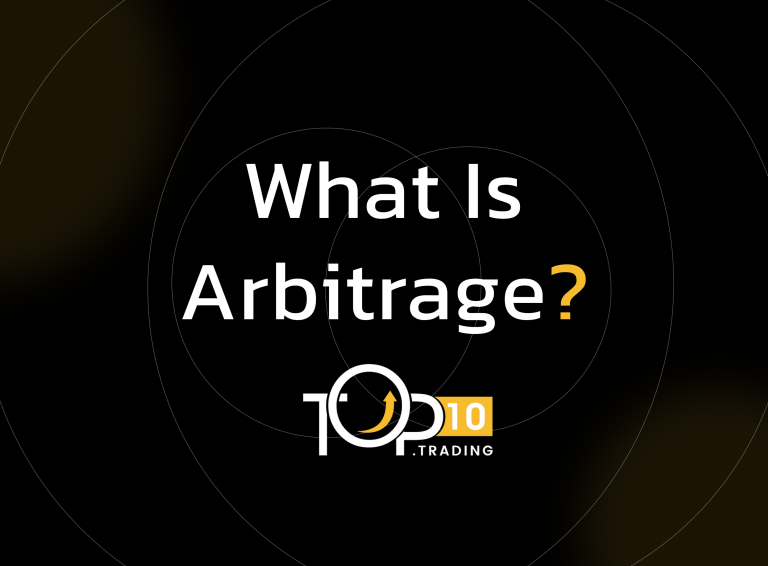Arbitrage Definition

Arbitrage is a fundamental trading strategy that involves simultaneously buying an asset in one market and selling it in another to profit from a temporary price difference. This practice exploits inefficiencies between markets where the same or very similar assets are priced differently, allowing traders to lock in risk-free or low-risk profits.
Key Takeaways
- Arbitrage is the simultaneous buying and selling of an asset in different markets to profit from price differences.
- It plays a crucial role in maintaining market efficiency by aligning prices across markets.
- Types include spatial, statistical, and merger arbitrage.
- Arbitrage offers low-risk profit opportunities but involves transaction, timing, liquidity, and regulatory risks.
- Modern arbitrage relies heavily on technology and speed to exploit fleeting opportunities.
How Arbitrage Works
Arbitrageurs identify price discrepancies across different exchanges or markets. For example, if a stock trades at $100 on the New York Stock Exchange but at $101 on the Tokyo Stock Exchange, an arbitrageur would buy the stock in New York and simultaneously sell it in Tokyo, capturing the $1 difference per share as profit. This process helps align prices across markets, promoting market efficiency.
In simple terms, absolute return answers the question:
“How much money did I make or lose on this investment?”
For example, if you invested $10,000 in a stock and after one year it is worth $11,500, your absolute return is:
Types of Arbitrage
- Spatial Arbitrage: Exploiting price differences of the same asset in different geographic locations or exchanges.
- Statistical Arbitrage: Using quantitative models to identify pricing inefficiencies between related assets.
- Merger Arbitrage: Profiting from price differences in stocks involved in mergers or acquisitions.
Importance of Arbitrage
- Risk-Reduced Profit: Arbitrage aims to generate profits with minimal risk by capitalizing on price imbalances.
- Market Efficiency: Arbitrageurs help correct price discrepancies, ensuring that asset prices converge and markets function smoothly.
- Liquidity and Price Discovery: Arbitrage increases market liquidity and aids in accurate price discovery across markets.
Challenges and Risks
- While arbitrage is often considered low-risk, it is not entirely risk-free. Traders face:
- Transaction Costs: Fees and commissions can reduce or eliminate profits.
- Timing Risks: Delays in execution can cause missed opportunities.
- Liquidity Risks: Insufficient market liquidity can hinder trade execution.
- Regulatory and Legal Risks: Different markets have varying rules that may affect arbitrage strategies.
Modern Arbitrage
- With advances in technology, arbitrage opportunities have become smaller and more fleeting. High-frequency trading (HFT) firms use sophisticated algorithms and ultra-fast execution to capitalize on these tiny price differences in milliseconds.
- Understanding arbitrage equips traders with insights into how markets self-correct and how to leverage price inefficiencies for profit. It remains one of the oldest and most fundamental trading strategies in finance.
